

Types of Hyperspectral Imaging Systems: Part 1
Indoor and (Terrestrial) Outdoor
By Mike Stebbins, COO & Optomechanical Engineer - October 18, 2023
As discussed in
our previous post, Resonon’s
hyperspectral imagers are line scan imagers, otherwise known as push-broom
imagers. Each frame taken by the camera captures the light from a thin line of the
object being scanned. To capture the entire object, either the imager or the object
being imaged must translate while the other remains stationary, building up the
datacube line by line.
Figure 1: Schematic of a line-scan hyperspectral imaging system
In this post, we describe Resonon hyperspectral imaging systems that combine our hyperspectral cameras along with a means to translate the camera or the object being imaged.
Indoors
Frequently, hyperspectral imaging takes place in a laboratory or a similar space indoors. All Resonon’s indoor systems feature a hyperspectral imager, illumination (lights or a laser), and a linear translation stage.
The Benchtop Reflectance System features an imager and illumination that remain stationary during data collection. The object being scanned sits atop a linear stage. Light is reflected off the object being scanned and is collected by the hyperspectral imager. The user sets the imager speed and the stage speed to create datacubes with enough signal to meet their data collection needs. This system is used to scan almost anything that weighs less than approximately 50 lbs. (~23 kg) and that can fit within the scanning area of approximately 10” x 10” (~250 mm x 250 mm ).
The Benchtop Reflectance System features an imager and illumination that remain stationary during data collection. The object being scanned sits atop a linear stage. Light is reflected off the object being scanned and is collected by the hyperspectral imager. The user sets the imager speed and the stage speed to create datacubes with enough signal to meet their data collection needs. This system is used to scan almost anything that weighs less than approximately 50 lbs. (~23 kg) and that can fit within the scanning area of approximately 10” x 10” (~250 mm x 250 mm ).
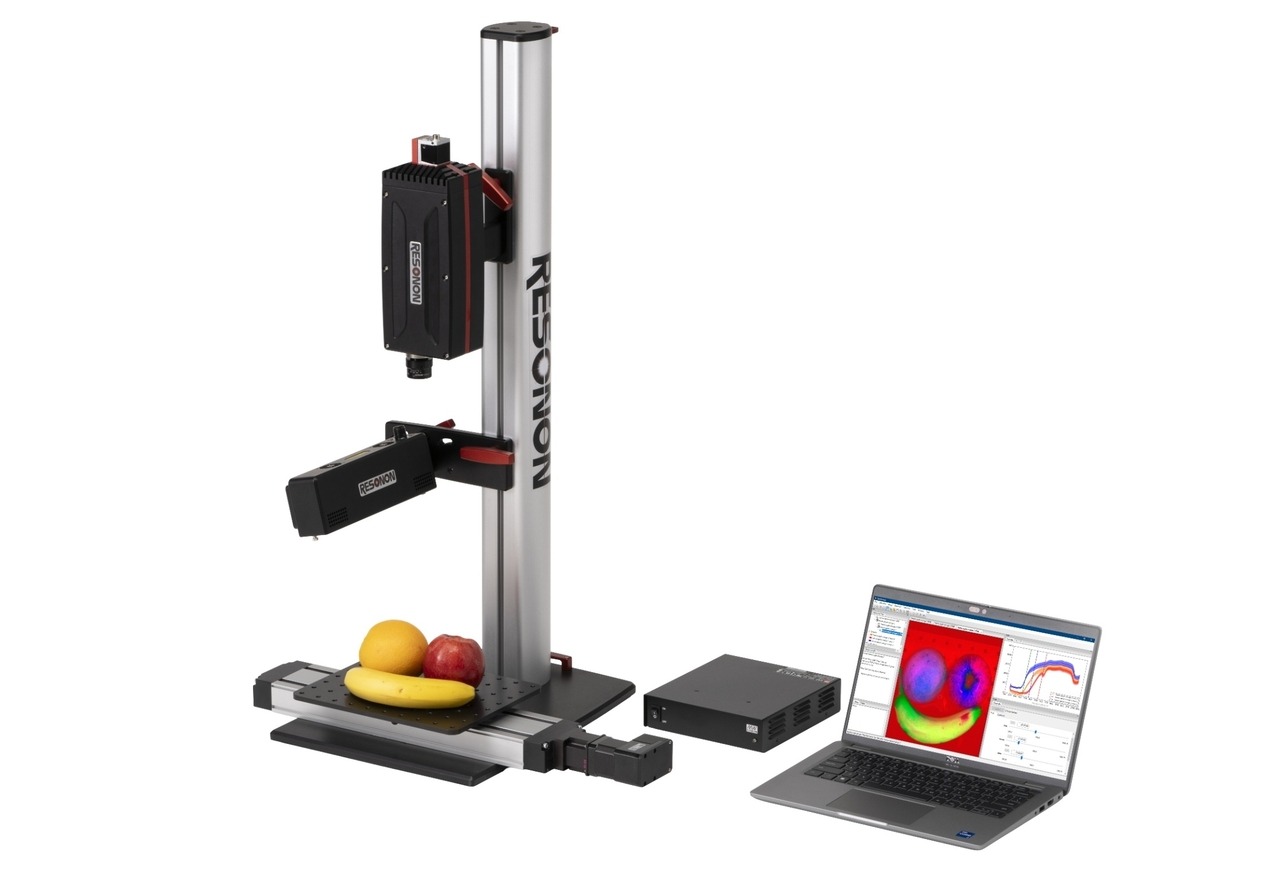
Figure 2: Resonon’s Benchtop Reflectance System with a Pika® XC2 imager
The Benchtop Reflectance/Transmission System can be used in two different configurations, either Reflectance or Transmission. The first is similar to the Reflectance System described above. Additionally, with just a few adjustments to the system, it can be set up in Transmission configuration. In this configuration, the illumination is below the object being scanned, which sits atop a glass tray mounted to the linear stage. Light shines up through the object and the transmitted signal is collected by the hyperspectral imager mounted above the object. This system is used to scan objects that are not fully opaque, where the specific wavelengths transmitted are important to the user. Examples include thin film material or objects that are translucent.

Figure 3: Resonon’s Benchtop Reflectance/Transmission System, shown in the Transmission configuration with a Pika XC2 imager
For the systems shown above, we also offer an enclosure, known as the Resonon “Black Box”. The enclosure blocks ambient light from the data collection process, allowing the user to capture the highest-quality data without turning off the room lights for each scan.
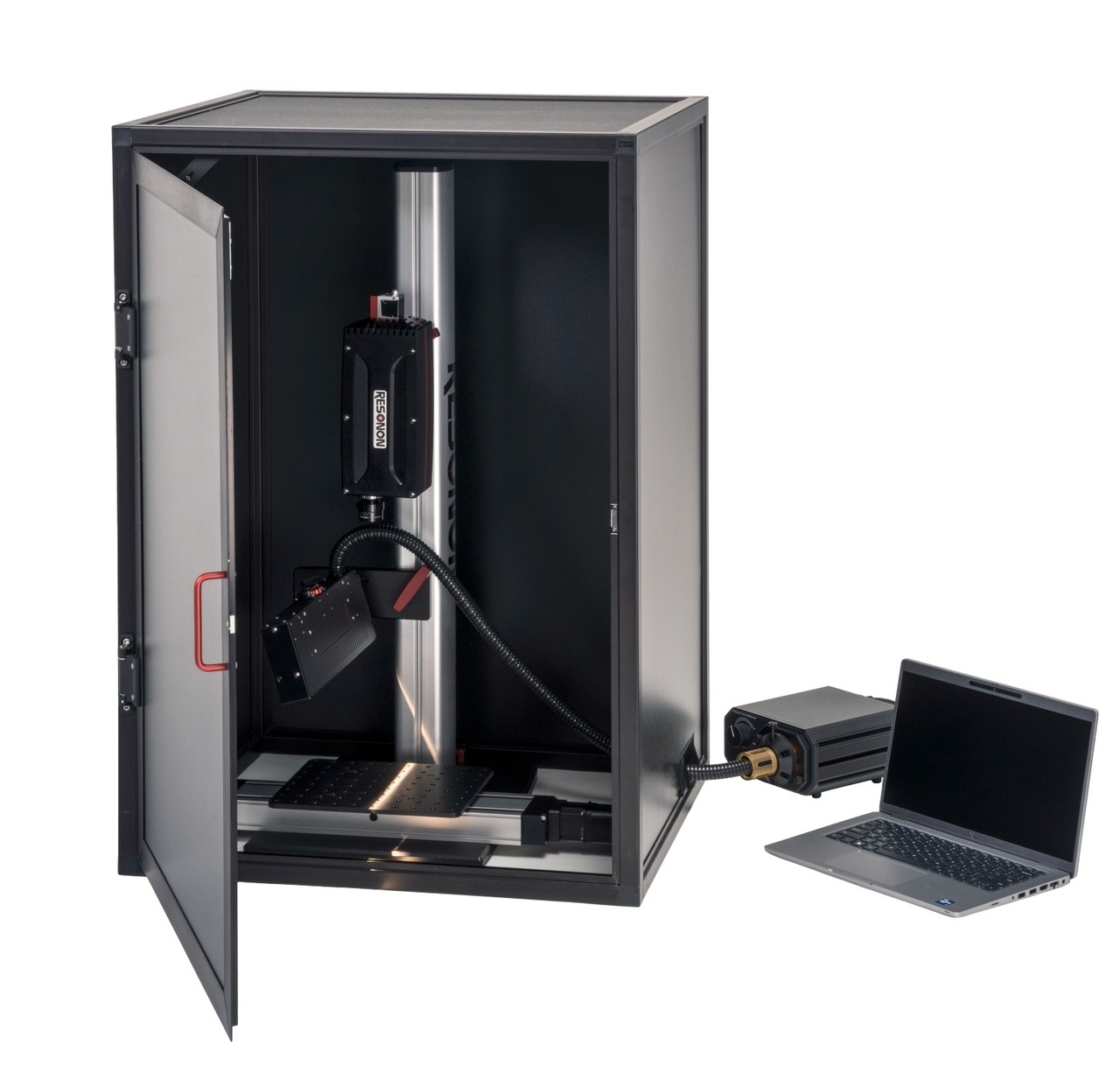
Figure 4: Resonon’s Benchtop Enclosure, the “Black Box”
If the object being scanned is large or heavy, Resonon’s Large Format Reflectance System is generally used. This system is similar to the Benchtop Reflectance System, except the object being scanned remains stationary while the hyperspectral imager and lighting translate on a large linear stage. We offer three versions of this system; two that translate horizontally (with the imager either pointing down towards the floor or parallel to the floor) and one system that translates vertically, with the imager pointing parallel to the floor. Examples of objects that can be scanned by one of these systems are pieces of artwork, aquariums, and relatively tall (up to 3 feet) plants.

Figure 5: Resonon’s Large Format Reflectance Systems. Horizontal translation pointed down (left), vertical translation pointed out (middle), and horizontal translation pointed out (right)
The Resonon Bio-LIF™ System is an enclosed hyperspectral imaging system and enclosure that is system with laser illumination used to measure hyperspectral data from Laser-Induced-Fluorescence of the object being scanned. This system is designed to hold square and round petri dishes, and features Resonon’s high-precision Pika XC2 to capture small features and the relatively weak-signal of fluorescence. The Bio-LIF system can be used to study any object that fluoresces and that fits into standard 90 mm Ø petri dishes or standard 96-well microplates. This system has been used, for example, to greatly accelerate the evolution of new fluorescent proteins.
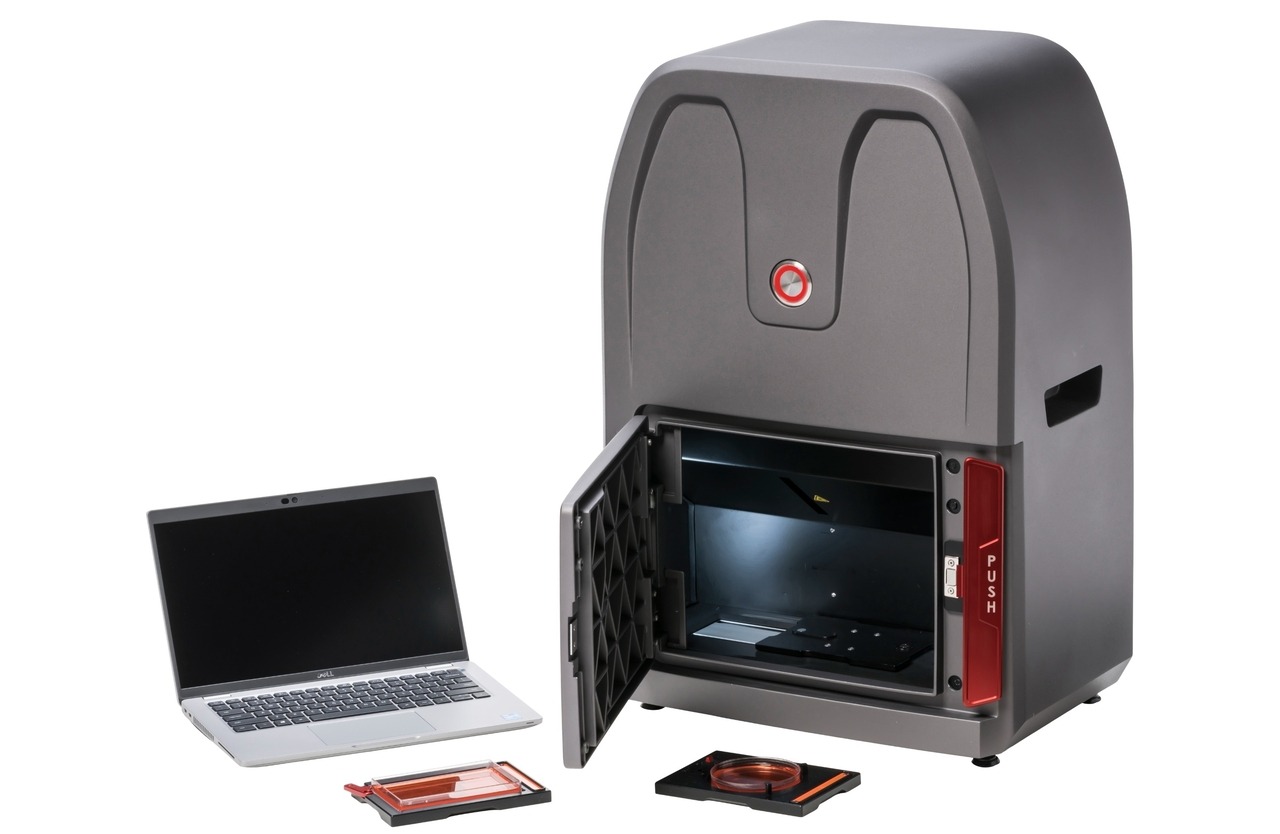
Figure 6: Resonon’s Bio-LIF (Laser Induced Fluorescence) hyperspectral imaging system
Outdoors
When research occurs outside and near ground level, the sun provides the illumination and Resonon’s Outdoor Field System is used. This system features a hyperspectral imager mounted to a horizontal rotational stage, which sweeps the imager across the scene of interest. Since the solar radiation incident on the scene being scanned is affected by factors such as cloud-cover and atmospheric haze, a reflectance calibration tarp is used in the scene being scanned. This tarp has a known spectral reflectance that allows for raw hyperspectral data from the scene to be converted into reflectance (the ratio of the amount of light leaving the scene to the amount of light incident upon the scene) data. The Outdoor Field System is used to study all manner of objects from ground level, including plants (health and species), snow fields (ice crystal size), and soil (contamination).
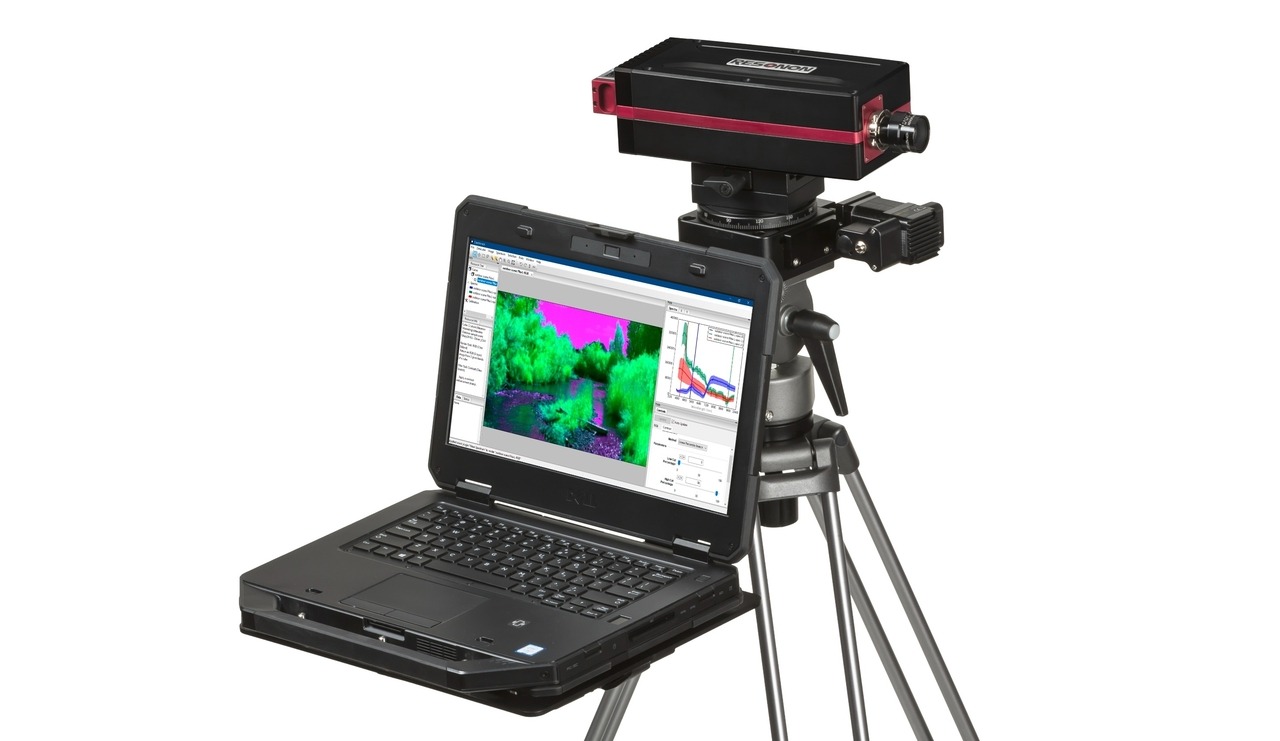
Figure 7: The Outdoor Field System with a Pika XC2 imager
Resonon
Resonon designs and manufactures hyperspectral imaging cameras that accelerate advancements in science and industrial operations. Whether you are pushing the limits of academic knowledge or improving quality on the factory floor, we are here to help you capture and utilize the data that drives new discoveries and enables your success.
Contact us
Contact usLearn More

Basics
Hyperspectral Imaging 101: Terminology GlossaryOctober 11, 2023
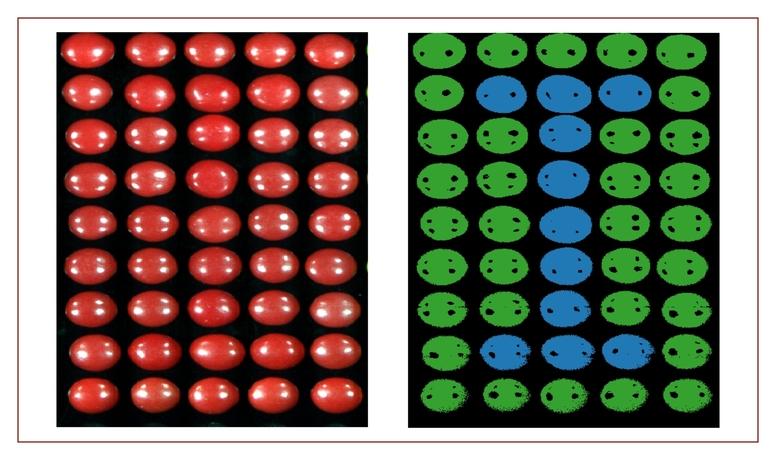
Basics
An Introduction to Hyperspectral ImagingOctober 4, 2023
Contact Us
Click below and our hyperspectral experts will contact you soon.
Complete Hyperspectral Imaging Solutions
Contact
Resonon Inc.123 Commercial Drive
Bozeman, MT 59715 USA
